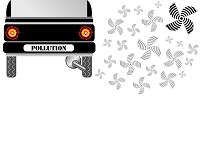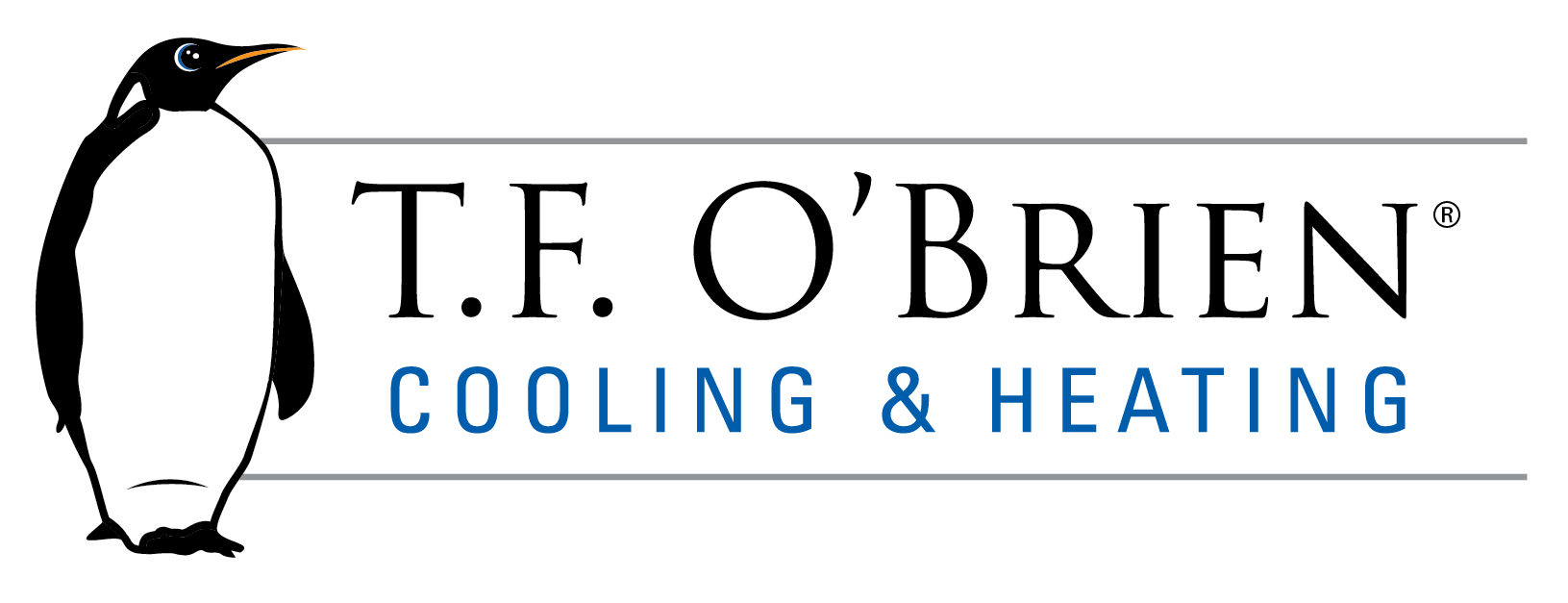 What are the Typical Sources of Indoor Pollutants?
What are the Typical Sources of Indoor Pollutants?
We’ve all sneezed with gusto from a bad cologne or the whiff of an unexpected odor emanating from the refrigerator. But there are many sources of poor indoor air quality, and some of them may surprise you. Knowing what they are can help you fight them. Consider:
- Particulate matter, especially those that come from gas stoves, wood stoves, fireplaces and kerosene or gas space heaters. Viruses, bacteria and mold (enter that refrigerator again) are big sources of particulate matter, as are dander from cats and dogs. Perhaps the most ubiquitous sources? Dust and pollen.
- Gaseous pollutants that are not attached to particle matter. These sources include a wide range of household cleaners, glues, adhesives, dyes, solvents, paints, caulks, deodorizers, waxes, hobby and craft materials and pesticides. Then there are the airborne gaseous volatile organic compounds, including tobacco smoke. But perhaps the most dangerous is radon – that colorless, odorless, radioactive and potentially fatal gas.
Eliminating these sources from your home is ideal but can’t always be done. That’s why regular ventilation through open windows and ceiling fans, as well as installing a mechanical ventilation system, are good second choices.
There are other proactive steps you can take to improve your home’s indoor air quality and start breathing easier right away:
- Test for radon after purchasing a radon kit.
- Do not start your car without opening up the garage door or while an entryway door leading to your home is open. Open the outside garage door first. Be sure to check, especially if you use a remote vehicle starter.
- Do not use propane or natural gas stovetops or ovens to heat your home.
- Do not operate grills of any kind indoors or in an attached garage.
- Do not use kerosene space heaters indoors or in your garage.
- Do not operate gas-powered tools, such as snowblowers, inside your garage.
- Do not smoke or let others smoke in your home.
- Limit the use of aerosol sprays.
- Do not use plug-in air deodorizers.
For other practical ways to improve your home’s indoor air quality, call T.F. O’Brien Cooling & Heating. Serving the Long Island area, we’re always happy to help. And, we know that having pristine indoor air, year-round, is nothing to sneeze at.
Our goal is to help educate our customers about energy and home comfort issues (specific to HVAC systems). For more information about other HVAC topics, download our free Home Comfort Resource guide.
Exhaust image via Shutterstock
